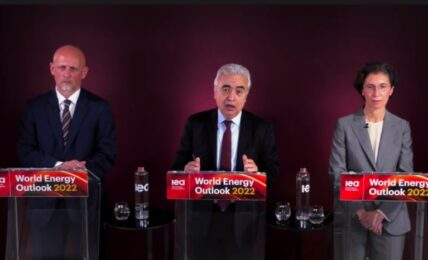Business and financial markets information service provider giant Bloomberg announced a series of enhancements to its suite of climate solutions, aimed at enabling users to evaluate companies’ climate emissions targets, including progress credibility and revenue impact, and to align portfolios with net zero investment goals.
According to Bloomberg, the updated suite aims to help investors to assess a range of climate factors, including if companies are setting carbon targets and if they are on track to achieve them, the credibility of the targets based on the companies’ current actions, what future GHG emissions can be expected based on companies’ carbon commitments, and how transition scenarios will affect company revenues.
Among the enhancements, Bloomberg announced that its BloombergNEF (BNEF) Transition Risk Assessment Company Tool (TRACT) to help finance professionals assess tangible, bottom-up transition risk in their portfolios is now available on the Bloomberg Terminal and via Data License. Assessing revenue risk and opportunities for more than 70,000 companies, the model combines companies’ activities, supply chain exposure and regional footprint with the shifting demand for products and commodities projected under different climate scenarios.
Bloomberg said that it has expanded its Net Zero data suite to help measure progress and evaluate the credibility of companies’ transition plans, with key features including carbon target indicators to provide clarity on whether a company has targets and is on track to meet them, a transition credibility tool with comparative scores and peer analysis to help identify transition leaders, laggards, and engagement opportunities, and carbon emissions forecasts to help assess portfolios’ decarbonization trajectories with company emissions projections.
Edo Schets, Head of Climate Finance Solutions at Bloomberg, said:
“Our expanded suite of net zero solutions equips investors with valuable data that enables them to assess how companies are decarbonizing. Whether focused on portfolio alignment or identifying transition opportunities, investors now have the insights they need to set more informed long-term investment strategies.”


